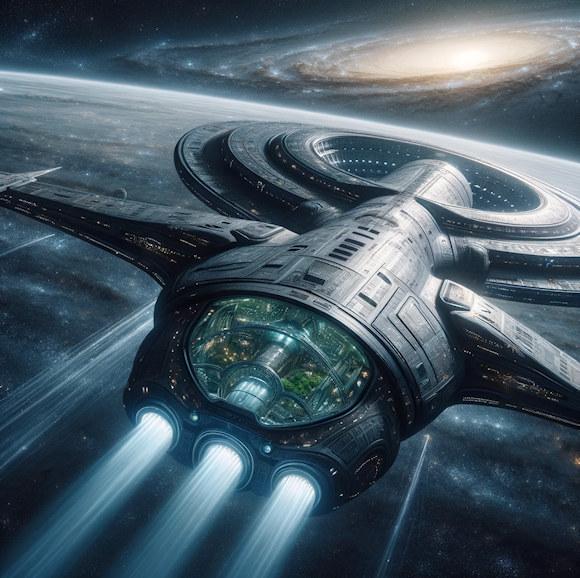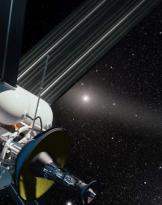There is now widespread awareness that the development of human beings is destined to leave the cradle of the Earth and that the continuous expansion of civilization involves a growing consumption of enormous resources. After the Moon, asteroids have become the main target of development and potential use of space resources, which will necessarily constitute the strategic source for the evolution of future human beings.
Robotic exploration, with particular regard to lunar and asteroid exploration, will constitute an opportunity for enrichment in the near future both from the point of view of Space Economy and the supply of materials.
There are various considerations relating tohuman exploration, in particular towards Mars and for which a deep one is necessary preventive ethical reflection. To this end it is necessary to carefully ponder the implications that, on a psychological level, imply the journey, the stay - 780 days pass, or approximately 2 years and 2 months, between two launch windows of minimum energy Earth-Mars-Earth - and the possible return of personnel from Mars.
No less important are the behavioral risks associated with life a bordo of the ships generational hypothesized for the exploration and colonization of new worlds.
At the moment, based on available technological capabilities, the estimated average duration of the journey to Mars is approximately 9 months, considering unmanned spacecraft launched to date have taken between 128 and 333 days to reach Mars. For a trip of this duration it is clear that, based on psychological investigations conducted, as well as experiments on ISS in microgravity conditions, it will be necessary to provide appropriate environments in which staff can take care of their own state psychological.
One of the most effective techniques tested so far concerns the plant cultivation. This has a positive impact for several reasons: the first, of a more practical nature, to create on site fresh food and nutritious to consume during the course of medium/long duration and interplanetary missions. Furthermore, photosynthesis, the process by which plants convert light into energy, will also be able to guarantee the crew on board the benefit of producing oxygen, the main by-product of the chemical reactions involved. In particular, the nutrients necessary for the development and survival of plants, mainly nitrogen and water, could be extracted through urine recycling and separation processes, of which Uriniss it is the pilot project.
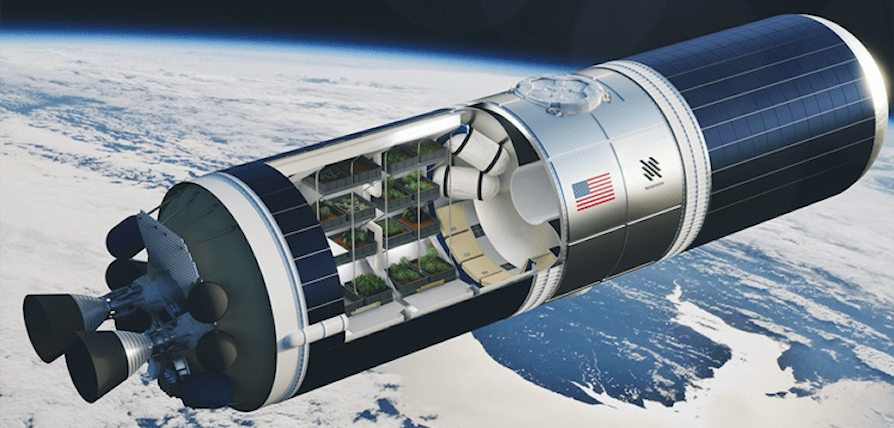
A rendering of a greenhouse inside the StarLab Outpost, a second stage of a rocket converted into a space laboratory. Credits: Nanoracks / Mack Crawford
A second aspect is related to the psycho-physical balance of the individual, in fact, for a human being having the daily commitment to take care of a form of life that grows and develops, is a valid support for the intrinsic problem of dealing with the life in a confined environment, without the possibility of physical escape e without any contact visual with la Terra.
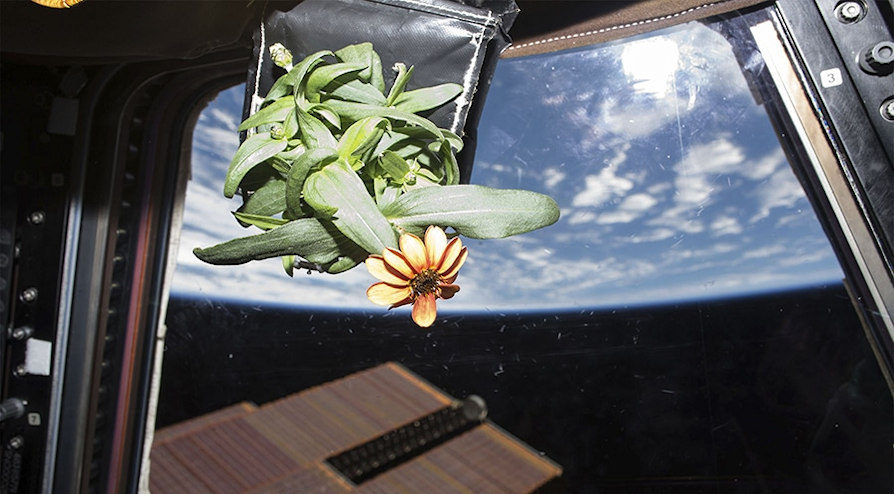
Flower bloomed on the ISS
Once landed on Mars, it will be necessary to face problems of adaptation to the different characteristics of the planet.
From the first hours on the new surface, sudden changes will be crucial changes in rhythm approximatelydean, or the human physiological rhythm on Earth, characterized by a period of approximately 24 hours. Examples are: wake-sleep rhythm, secretion of cortisol and other biological substances; the variation in body temperature and parameters related to the cardiovascular system. To these we must add other identified and studied rhythms: circa-weekly, circa-monthly, circa-annual.
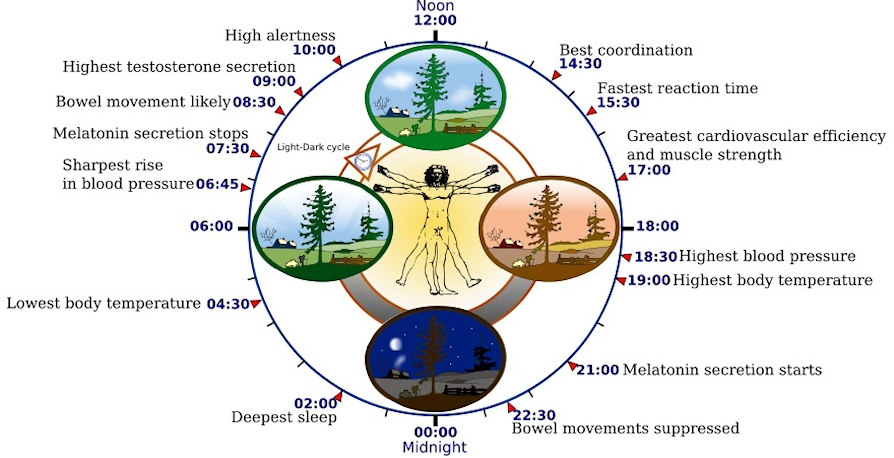
Circadian rhythms
In the medium term, the bone-skeletal and muscular adaptations resulting from the different gravity present on the celestial body, while in the long term they are not to be overlooked genetic mutations that the human genome could suffer due to the different shielding from radiation and ionizing cosmic particles of the new space environment as well as the presence of viruses, bacteria and other possible forms of indigenous life.
Human beings were "designed" by mother nature to live on planet Earth. A living and intelligent being capable of living on the surface of a planet larger or smaller than Earth, equipped, for example, with an atmosphere with less nitrogen and more oxygen, with a daily insolation that is significantly different from the daily dose of ultraviolet radiation (UV), or infrared (IR) etc., must specialize for the new environment, adopting drastic changes in morphology, internal biochemistry, nutritional and digestive processes and who knows how many other adaptations.
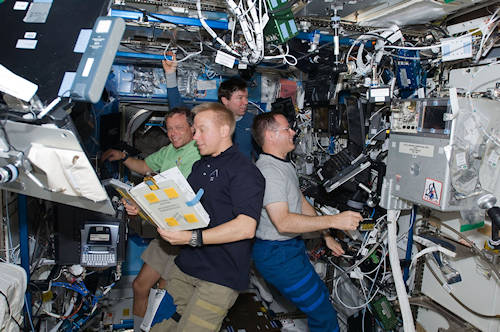
In other words, un be human transplanted in An environment livable but not identical to the terrestrial one would evolve, over a number of generations, both internally and externally, to adapt to the new environment. It is enough to think of the macroscopic effects of adaptation of an astronaut's body after only six months of life in a gravitational environment drastically different from that of Earth: lengthening of the spine, lightening and decalcification of the skeleton, generalized muscular atrophy.
There are no measures available on any positive "mutations" in an astronaut's body: greater sense of balance, ability to rest outside of normal circadian rhythms, ability to concentrate in situations of very high physiological and psychological stress.
A separate discussion concerns the one relating to generation ships designed for interplanetary research and colonization trips. Until we understand more fully how to exploit known physics in innovative ways, or we identify one new physics that guarantees the possibility of travel nello space time, compared to space travel alone, to explore new worlds we will need space vehicles capable of traveling autonomously for centuries.
Proxima Centauri, which is the closest star to the Solar System, is 4.23 light years from Earth, a distance such that the fastest spacecraft technically feasible today could cover in two or three centuries of travel. From this it can easily be understood that no crew would be able to survive a cosmic crossing of this duration. This explains why several scientists are designing generational spaceships for transport individuals whose generations will il task di colonize il planet di destinazione.
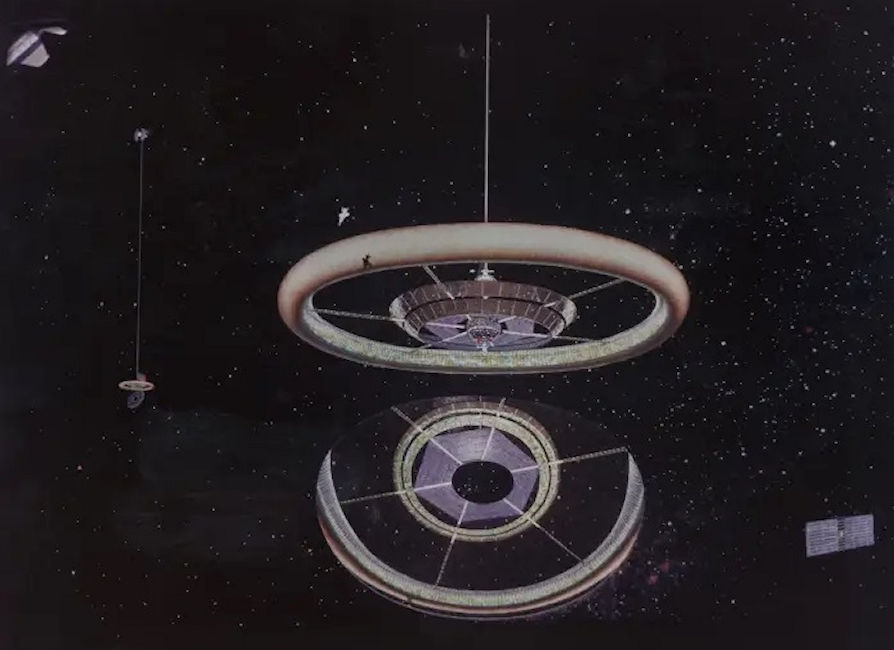
Concept generation ship
For the operation of a similar space vehicle, it is necessary to express some considerations on the composition of the crew: it is necessary to always have dozens of different professional figures on board, astronauts, doctors, engineers, mechanics, programmers, scientists as well as having teachers of all levels, from masters to university professors. Therefore every born should be immediately directed towards a well-defined career for the needs of the mission.
The minimum crew should be made up of at least 170 people, the minimum threshold guarantee genetic variety necessary to maintain a healthy population, however, in any case, it would be necessary control unions between explorers. However, although the hypothesis of generation ships, or of colonies on any celestial body, necessarily implies the concept of reproduction and expansion, the effect of radiation exposure on human reproductive processes remains an unknown area. Although shielding of the environments that will host the crew or colonists may be envisaged, they are not able to reproduce the same effect produced by the Earth's magnetosphere, therefore limiting themselves to a simple mitigation of the problem.
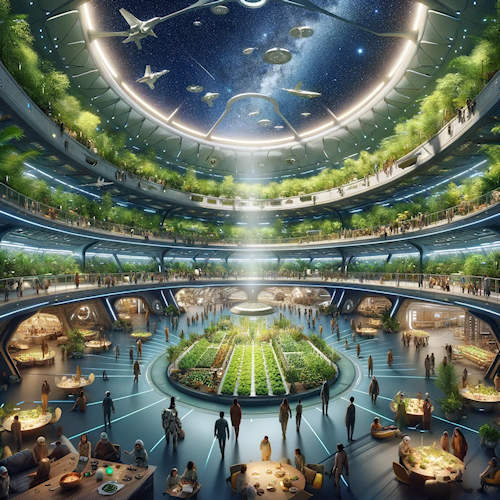 Another fundamental aspect is that relating to nutrition. First of all, it is crucial to refer to water, which would represent one of the main practical problems to be addressed. According to WHO il fabwater need of a human being is equal to at least two liters of water per day, almost eight hundred per year. To date, the only way to obtain it is continuous recycling: systems for recovering the water contained in astronauts' urine have already been implemented on the ISS.
Another fundamental aspect is that relating to nutrition. First of all, it is crucial to refer to water, which would represent one of the main practical problems to be addressed. According to WHO il fabwater need of a human being is equal to at least two liters of water per day, almost eight hundred per year. To date, the only way to obtain it is continuous recycling: systems for recovering the water contained in astronauts' urine have already been implemented on the ISS.
Other problem to consider could be that of sterility of ambienti. Ships free of bacteria and life in ambienti completely aseptic, for years or centuries, would compromise the population's immune system with serious risks for descendants.
Finally it is necessary to consider the presence of cosmic radiation: I'Ark it will have to protect occupants from the radioactivity of deep space, much higher than that which affects the ISS or other spacecraft operating not too far from Earth.
As happens in all communities, there are aspects of a behavioral nature that cannot be underestimated and which have already been widely studied in relation to restricted and confined environments such as submarines and submarines. In fact, the crew of a submarine must possess skills of balance and a spirit of adaptation as well as being required to be able to live and collaborate in close contact. For this reason, in addition to the various difficulties relating to the planning and management of such a ship, they are also possible behavioral drift phenomena detected precisely in environments where the community is sheltered from adversity with unlimited abundance of resources, such as food and water.
According to the data obtained from the experiment, the problem lies in the fact that young people compete against adults in an attempt to replace them in their social positioning, but the resulting struggle is so violent that it leads to the dissolution of the entire social organization .
In experiments carried out on guinea pigs, the problems related to overpopulation are not an actual consequence of the relative scarcity of resources, but, rather, of a lack of space and excessive number of social interactions. The high contact, in fact, further fragments the cohesion of the group, due to the stochastic character of social interactions, which require, to maximize gratification, reduced intensity and duration, and above all, a reduced pool of participants.
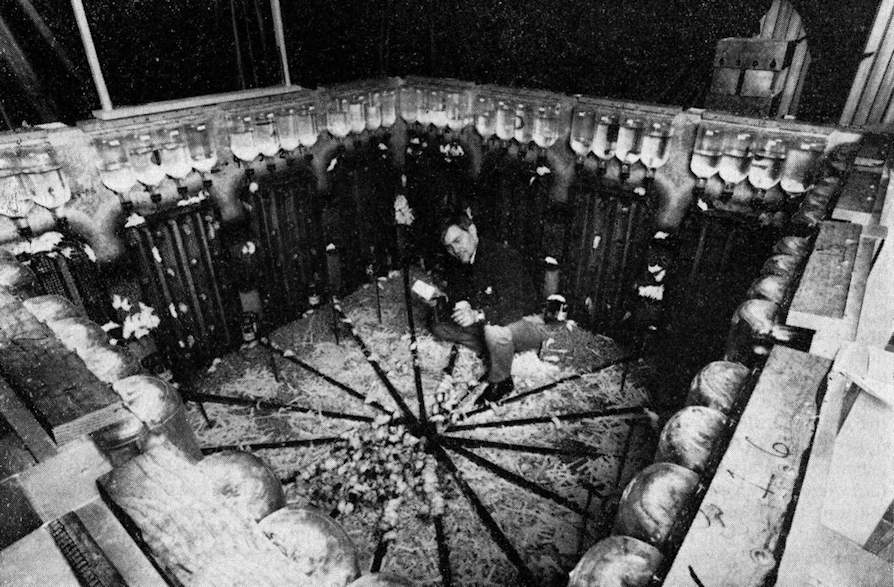
In order to mitigate the risks of a behavioral drift of a community forced to live together for long periods in a confined environment, it was hypothesized to place the crew, or a large part of it, in state of suspended animation – or in hibernation – using technologies not yet available. The spaceship would be driven automatically or by the active crew in shifts.
In fact, in torpor there is the advantage of reduce food consumption and resources necessary for sustenance; the spacecraft could be more compact and this would also allow us to reduce the time spent living together in small and isolated spaces, an aspect that can lead to psychological stress.
However, the main advantage of hibernation is the protection from cosmic rays thanks to a layer of water that would envelop the housing in which the individual is placed.

It is important to underline that this condition has nothing to do with sleep or cryopreservation, the freezing of the body, with which it is sometimes confused.
In fact, thehibernation it consists of a sequence of episodes in which the metabolism is brought to the minimum of the energy needs of the cells and the production of heat, therefore the body temperature decreases. Little oxygen is needed, breathing and heartbeat slow down; the organs change their functioning; the intestine stops, as no eating is done and no bodily waste is produced. In the brain, part of the synapses withdraws and brain activity is slow awake, consuming little energy.
Based on these premises, given that the personnel of future extra-terrestrial missions must have a high level of training, we must ask ourselves who can consciously and freely aspire to such a radical path and change of life. One wonders whether the crew can, as history teaches, be recruited only within specific nations or social classes. On the other hand, reversing the situation and hypothesizing the creation of an emergency evacuation ark, due to a possible catastrophic collision with the NEO1, there would be the opposite problem, that is, the choice of those predestined for rescue. Ultimately, we still need to reflect a lot on the fact that the motivations for seeking new environments for the ten billion individuals expected by 2050 are not the prologue for the birth of future extra-terrestrials who, possessing the same human gene, can subsequently return for a war to reclaim the land, accusing the earthlings of having forcibly removed them.
In conclusion, while robotic exploration can likely be hypothesized to benefit humanity, for the human colonization of other worlds, including Mars, even if it may be the subject of research activities earth-forming (with artificial recreation of a magnetic field around the protective planet with respect to cosmic radiation), a profound and thoughtful ethical evaluation will be necessary which also includes the choice of which individuals to involve in such initiatives which, in the long term, could prove to be a boomerang for terrestrial humanity. A possible solution would be to continue to implement the technological transfer of the various technologies implemented on space systems in order to bring about a revolution on earth that leads to clean energy production, energy for all and protection of the resources water a natural present on the wonderful blue planet.
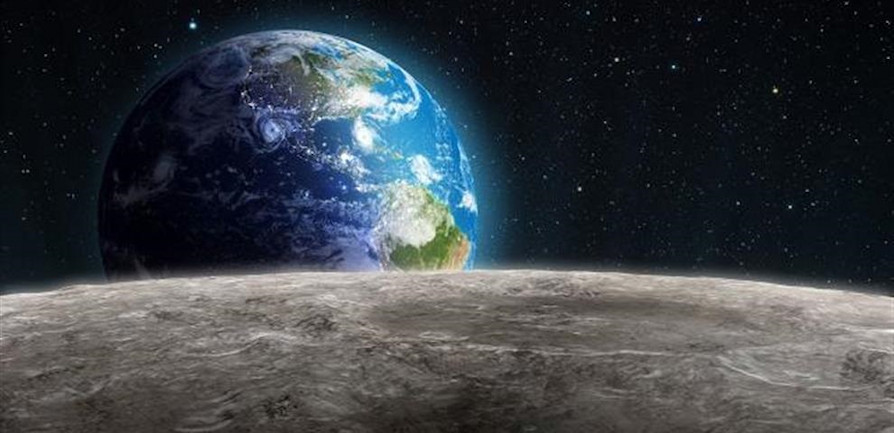
Earth rises on the lunar horizon.
To date it is clear that it is impossible to consider overcoming the complexity of implications posed by the hypothetical human exploration on Mars. However, it cannot be thought that such a limit can define the halt of human aspirations towards infinity and beyond. Man has always found a way to overcome his limits and will continue to do so, but the time has probably come to shift the focus of human exploration to new exploratory visions. In fact, if we talk about reaching Mars, it is often taken for granted that it coincides with the natural continuation of the Artemis program, yet this is a big mistake. The objective remains to reach the surface, but current technological evolution can offer new opportunities on how to explore and how to experience the process of exploration, through la reality virtual and digital twins technology.
On the other hand, the robotic probes that inspect Mars are equipped with extremely sophisticated stereoscopic video cameras, capable of allowing the construction of 3D images and providing all the data to be able to recreate the Martian context on Earth. Virtual reality, often associated with dystopian visions, could therefore play a crucial role in greater understanding of the Red Planet's environment, becoming an indispensable tool for scientific, technological and evolutionary progress in the space sector.
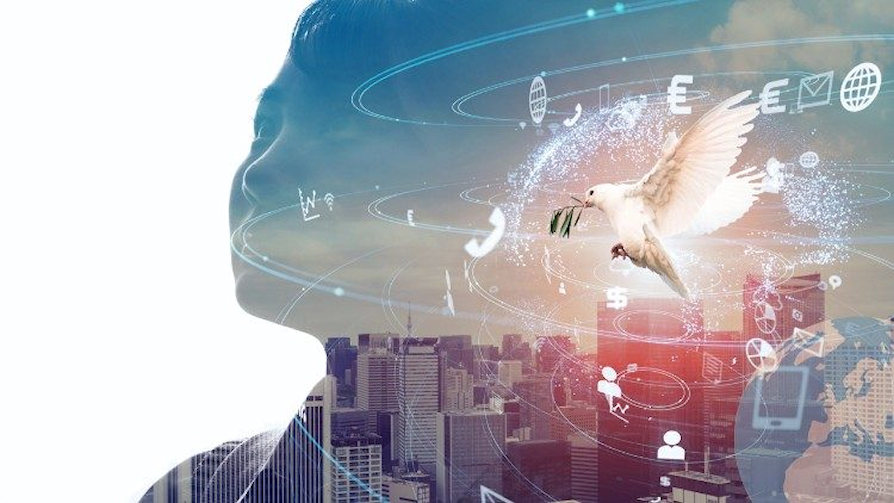
AI
Just think of the training of astronauts, who could test Martian conditions as never before, not only visually, guaranteeing the possibility of starting the mission only when every detail of the stay on the Red Planet has been understood. Not only that, virtual reality will make it possible to control and operate the robotic probes responsible for building the environment that will host the astronauts on site, with a precision never achieved before, with the only limit attributable to the transport of information.
Furthermore, the impact in the civil sphere should also not be underestimated, not only in commercial terms, but also in recreational and inspirational terms. For some time, in fact, the major world space agencies have tried to open up more, financing dissemination and awareness programs related to space issues. Furthermore, the applications in the field of university research and training in technical-scientific subjects of all levels could be of great importance. Having these tools available, or rather this new approach, it will be possible to face the challenge of Martian exploration by reducing the physical, but also psychological risks for the new generations of explorers.
►Read the first part "The solar system, the resource of the future (1/4): science and technology in space exploration"
►Read the second part "The solar system, the resource of the future (2/4): the exploration of asteroids"
►Read the third part "The solar system, the resource of the future (3/4): lunar exploration"
Sources
-AGI - Moon. https://www.agi.it/innovazione/news/2022-08-29/space-artemis-base-moon-view-mars-17888530/
-AGI - Moon for Mars. https://www.agi.it/estero/news/2022-08-29/tornare-sulla-luna-per-andare-...
-P. Angela. New Space, at the "G20, Italy and Space" conference -https://www.civiltadellemacchine.it/it/news-and-stories-detail/-/detail/...
-PJ Bell, F.E. Paras, S. Mandarakas, P. Arcenal, S. Robinson-Cast, A.S. Grobler, and P.V. Attfield. An electro–microbial process to uncouple food production from photosynthesis for application in space exploration. Life, 12(7):1002, 2022
-Bo Live - University of Padua. https://ilbolive.unipd.it/it/news/ humans-mars-ten-year-journey.
-J.B. Calhoun. Population density and social pathology. Scientific American, 206(2):139–149,1962.
-ENEA - New Space Economy. https://www.eai.enea-it/archivio/ricerca-e-innovazione-per-la-sfida-spaz...
-ENEA - Space as a driver for sustainable development. https://www.eai.enea.it/archivio/ricerca-e-innovazione-per-la-sfida-spaz...
-Euronews - The new space age. https://it.euronews.com/next/2022/02/02/verso-l-infinito-e-oltre-la-nuov...
-Explore Mars, Inc and the American Astronautical Society. https://www.exploremars.org/wp-content/uploads/2020/06/AM-VII_Full-Repor...
-Ants - Algorithmic warfare. https://formiche.net/2022/12/ucraina-guerra-algoritmica/.
-TO. Gundel, V. Polyakov, and J. Zulley. The alteration of human sleep and circadian rhythms during spaceflight. Journal of sleep research, 6(1):1–8, 1997
-J.-H. Guo, W.-M. Qu, S.-G. Chen, X.-P. Chen, K. Lv, Z.-L. Huang, and Y.-L. Wu. Keeping the right time in space: importance of circadian clock and sleep for physiology and performance of astronauts. Military Medical Research, 1(1):1–7, 2014
-ISPI - New Space Economy, new geopolitical frontier. https://www.ispionline.it/it/pubblicazione/new-space-economy-la-nuova-fr...
-Leganerd - From the Moon to Mars. https://leganerd.com/2020/02/18/dalla-luna-a-marte-come-il-nostro-satell...
-TH Monk, KS Kennedy, LR Rose, and JM Linenger. Decreased human circadian pacemaker influence after 100 days in space: a case study. Psychosomatic medicine, 63(6):881–885, 2001
-GG Nestorova, N. Crews, AK Schramm, RA Aquilina, M. Parra, M. Chin, T. Chinn,and L. Hee. Spaceflight validation of one-step gene sampling tool for genetic analysis on the international space station. Acta Astronautica, 198:225–232, 2022
-Politics and conflict in the space of the third millennium. Interview with Marcello Spagnulo-https://www.pandorarivista.it/articoli/politica-e-conflitto-nello-spazio...
- https://www.focus.it/scienza/spazio/alla-scoperta-delle-navi-generazionali
-M. Sirenko. Evolving asteroid starships: A bio-inspired approach for interstellar space systems
-Small Bodies Database Lookup. https://ssd.jpl.nasa.gov/tools/sbdb_lookup.html#/?sstr=1221&view=VOPDCA.
-K. Soga, S. Yano, M. Kamada, S. Matsumoto, and T. Hoson. Understanding the mechanisms of gravity resistance in plants. Plant Gravitropism: Methods and Protocols, pages 267–279,2022, XNUMX
-Space Economy 360 - The new frontier of Space-https://www.spaceconomy360.it/competenze-e-lavoro/di-pippo-unoosa-viviam...
20this%20sector
-Technology Review. https://www.technologyreview.it/la-missione-lunare-di-artemis-e-il-primo-passo-per-marte/
-Today. https://www.today.it/scienze/luna-marte-esplorazione-spaziale.html
1 Near Earth Object
Images: OpenAI/NASA/web

